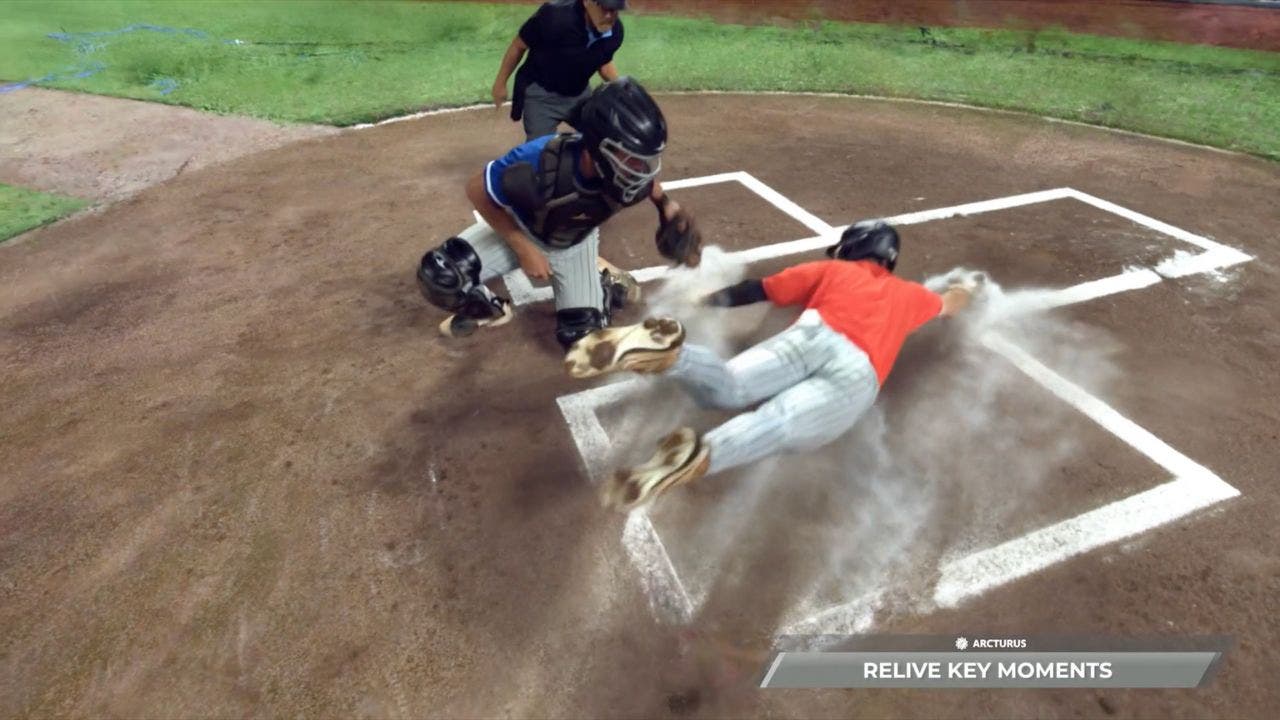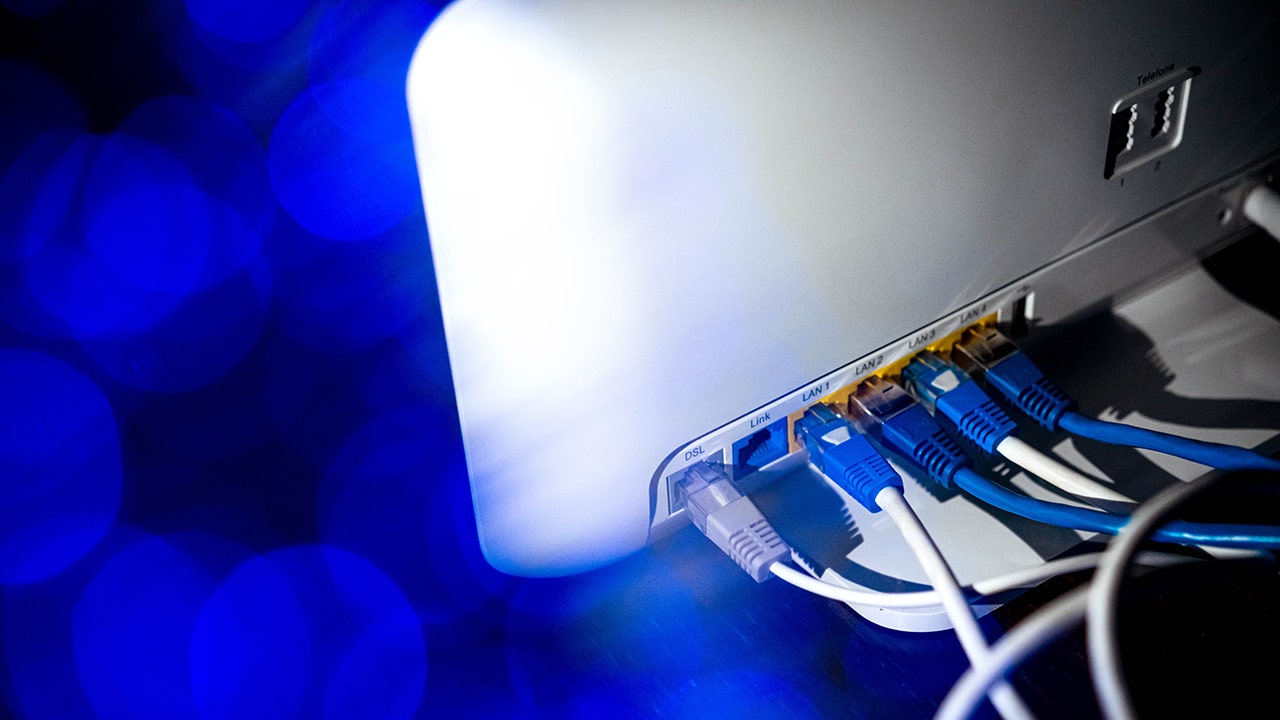Will 3D tech change sports forever?

The world of sports is on the verge of a technological revolution, with 3D digital twin technology at its core. Companies like Arcturus are utilizing cutting-edge advancements to create hyperrealistic virtual replicas of live sporting events, offering fans a whole new way to experience games.
So, what exactly is 3D digital twin technology in sports? Essentially, it involves creating a virtual replica, or “digital twin,” of a real-world environment or event. In the context of sports, this means replicating entire stadiums and live games with incredible accuracy. For example, Arcturus places cameras around the edges of baseball stadiums to capture real-time action and generate a 3D digital clone of the game. Fans can then immerse themselves in the game by viewing it from any angle in the stadium, offering a level of immersion never seen before.
While this technology is currently available for postgame highlights, it is expected to evolve into real-time viewing within a few years. Imagine being able to watch a game from the perspective of your favorite player or zoom into any part of the field as if you were there in person.
The impact of 3D digital twin technology goes beyond just fan engagement. It is revolutionizing how teams train, strategize, and manage their players. By creating virtual replicas of players using biomechanical and physiological data, teams can simulate match scenarios, track fatigue levels, and prevent injuries with precision. Coaches can use digital twins to test different game strategies without risking player fatigue or injury, ultimately revolutionizing the way teams prepare for matches.
In addition to transforming the fan experience and player training, digital twin technology is also being used in stadium design and management. Fans can explore stadiums virtually before purchasing tickets, while stadium operators can fine-tune everything from air circulation to seating arrangements for maximum comfort.
While there are some challenges to overcome, such as technical glitches and potential resistance from fans accustomed to traditional viewing experiences, experts believe that digital twins represent the future of sports. With advancements in artificial intelligence and sensor technologies, the possibilities are endless.
The integration of 3D digital twin technology into sports marks a significant turning point for both fans and athletes. From immersive viewing experiences to tools that optimize player performance and extend careers, this innovation is set to redefine every aspect of the sporting world. Do you think the integration of digital twin technology in sports is going too far, or can it strike a balance between innovation and preserving the traditional aspects of the game? Let us know your thoughts by visiting Cyberguy.com/Contact.




